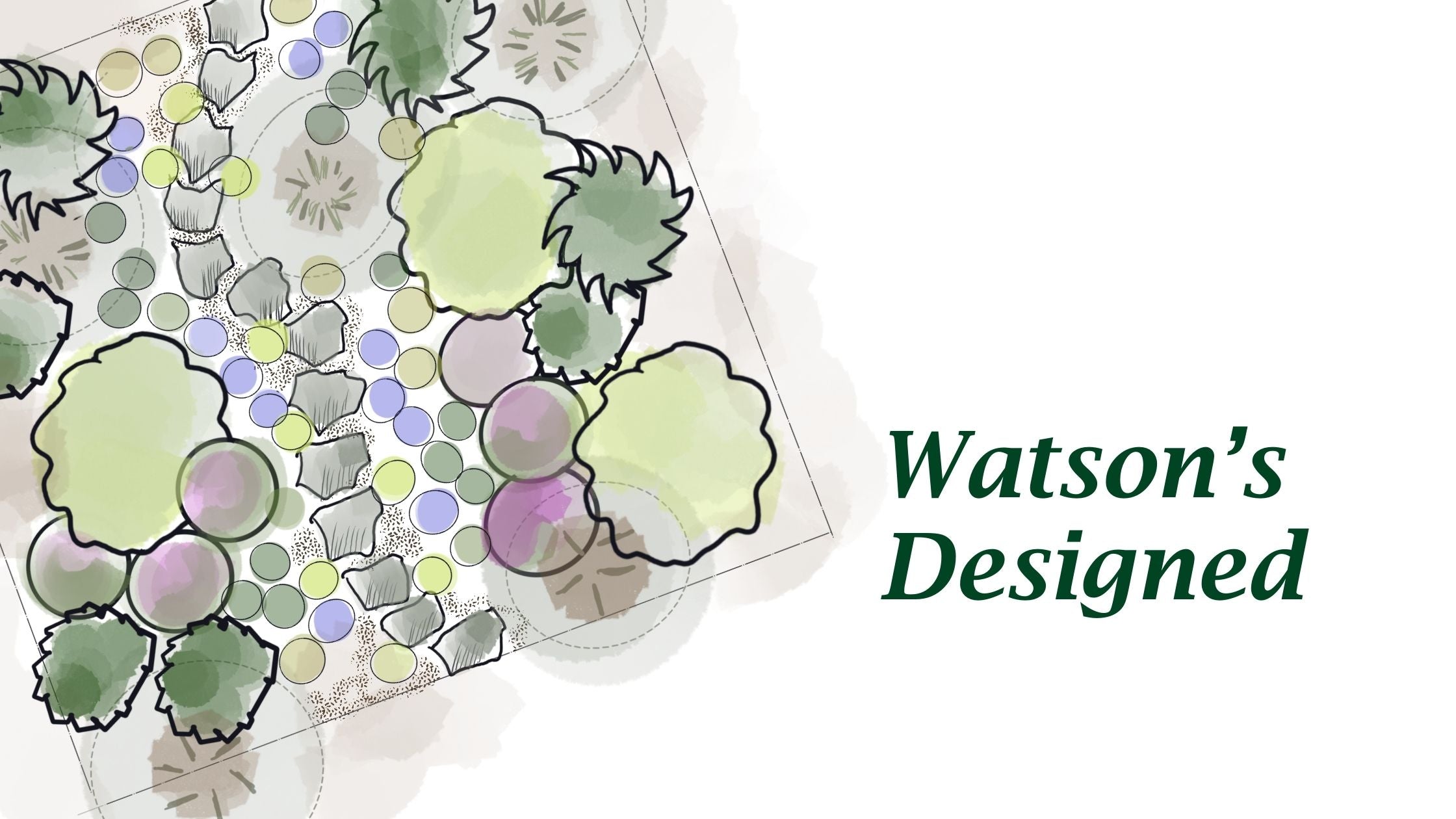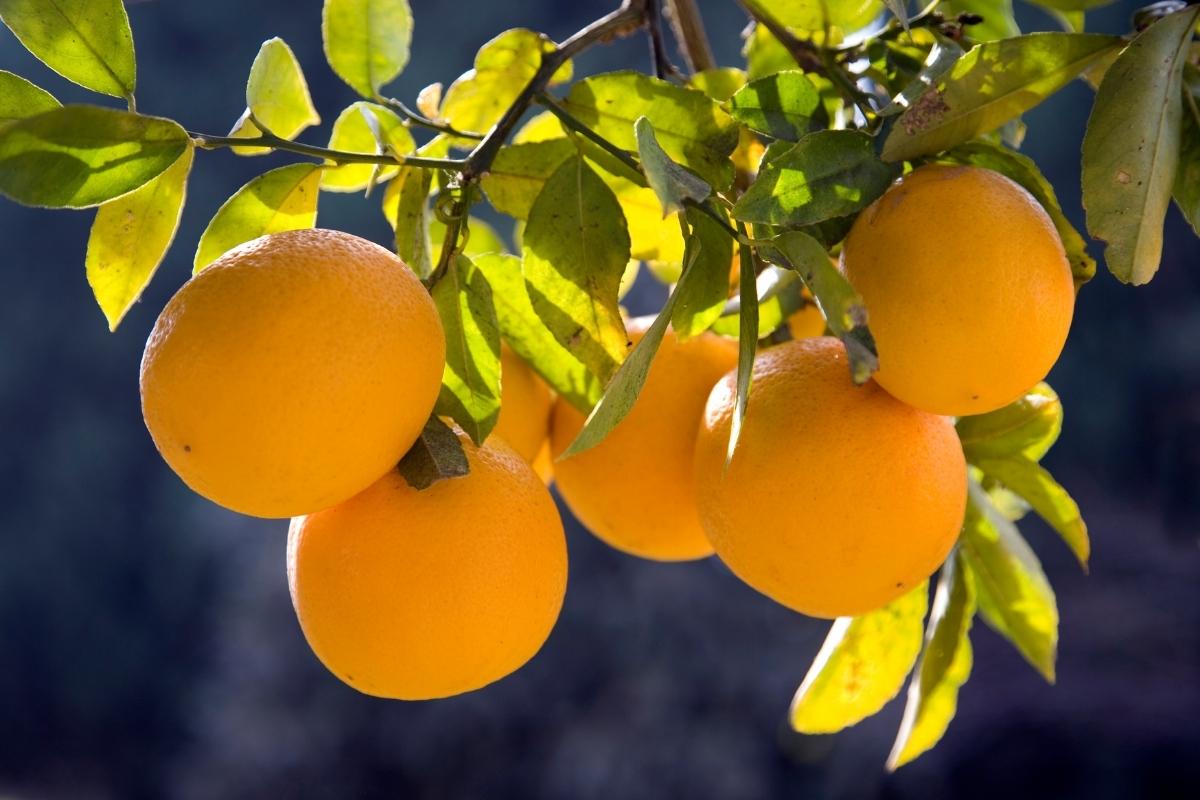How to Care for Hoyas
The Wax Plant, Porcelain Flower, or just simply Hoya has made an incredible bounce back in popularity the last few years. Many refer to this amazing blooming plant as “Grandma’s Plant,” which is no longer the case. The common names derive from the look and feel of the plant. It has firm waxy leaves and delicate fragrant blooms. What I like about this plant is how easy it is to care for and how fast it grows!
Choosing the right Hoya:
These are things I look for when I have a table of Hoyas to choose from:
- Multiple rooted stems, the more rooted stems the more bushier the plant will be.
- Is the foliage firm? Firm leaves indicate that proper watering habits have been used and there is no root rot.
- Do the ends of the stems have any new growth? This will also indicate if proper care has been established and there is no disease or root rot happening.

We carry a wide variety of Hoyas at our Puyallup and Federal Way locations.
Finding the right spot in your home for your new Hoya:
Hoyas have been listed as a plant that can tolerate low light. While this is true for some varieties, most Hoyas would prefer a spot with bright indirect light for 6 or more hours a day, especially if you would like your Hoya to bloom. Hoyas can survive in low light conditions, but will not thrive or produce the beautiful, fragrant blooms.
Hoyas are great on shelves where their foliage can cascade down and create that lush jungle-like vibe. They are excellent climbers, so you can have it trained to climb up a trellis or up your macrame hanger. These will make your Hoya happy and look great in your home!
Once we get into the summer heat, your Hoya will send energy to grow out its stems and it may look wild and bare, be patient, the leaves will follow once that initial growth settles. Be aware that these stems may seek something to grab onto and wind itself around things like window blind cords and even other plants. Just redirect its stem and once the new leaves come in, it will start to cascade down.
Hoyas are tropical so they do not tolerate cold temperatures of 50°F or colder for long periods of time.

My Hoya 'Krimson Queen' hanging in a macrame hanger.
Choosing the right pot & soil for your Hoya:
In order to get your Hoya to bloom you will need to wait for its root system to mature. A fast way to do so is to make sure you pot it up in a pot the same size or only slightly larger than the nursery pot you bought it in. Hoyas do great being pot-bound. No need to up-pot a new Hoya, let the roots grow into a tight root ball in its pot. I wait until there is 80% root and 20% potting mix before I go the next size up. If you have it still in its nursery pot, you can do the “squeeze test.” Squeeze the nursery pot with your hands, if it is hard as a rock, then it is time to up-pot. If it is easy to squeeze, that means the root system is not mature enough.
Most Hoya’s purchased from nursery’s tend to have very small root systems, so leaving it in it’s nursery pot for up to a year would be beneficial, giving your plant a chance to get rooted in.
Hoyas are a tropical plant, but they would prefer to dry out between waterings. I like to help that process by mixing my own soil mix for my Hoyas.

My Hoya 'Carnosa' Blooms. Smells so good!
My favorite potting mix is:
1 part perlite, 1 part cactus mix, and 2 parts organic all purpose potting mix.
Once it’s all mixed up I start my re-pot process. If the Hoya I’m repotting appears to be overwatered, I like to remove and dispose of all the existing dirt down to the roots of my Hoya. I do so by carefully removing the plant from its nursery pot and rubbing dirt away, and then finishing with hosing the roots down so there is no remaining potting mix.
After the re-pot, I also use Bonide Houseplant Systemic to the top of the soil to ensure the health of my new plant. The Houseplant Systemic is a ready-to-use granule formula that once watered in, the plant absorbs and spreads throughout the plant for protection against sap-sucking pests. This product is not safe for bees or pets to consume, and do not use on edible plants.
Humidity & Watering Hoyas:
As briefly explained above, Hoyas do not like soggy roots. With the help of a well-draining soil, let your plant go slightly dry before you water again. You can either lift your plant and learn the feel of a heavy just watered plant compared to the light dried out plant. Or use a moisture meter and once it gets to ‘Dry’ then water. You should water your plant thoroughly until you see water coming from its drainage hole. If you have your Hoya sitting on a saucer, remove any excess water within 15-30 minutes of watering.
Hoyas are tropical and are found growing wild in parts of Asia and Australia from the coastal areas to the mountains. But here in our small home environments life is different. While some Hoyas will demand a higher humidity, most are alright in your home without a humidifier. Do not place your Hoya near any heat source and keep away from your AC unit.
Fertilizing Your Hoya:
Hoya’s are not heavy feeders, but they should be fertilized once a month in the spring months with an all purpose organic fertilizer. I transition to an organic blooming fertilizer once I see buds forming, but doing half strength every 2nd watering.
Look for an organic fertilizer where phosphorus is prominent, the middle number in the NPK (Nitrogen, Phosphorus, Potassium) ratio listed on the fertilizer. Hoyas bloom from their peduncles (small spurs) year after year, and can grow more peduncles over time.

The above photo is a pic of the 2 penduncle's I have on my Hoya 'Carnosa'
Pests and Diseases:
Hoyas can attract sap-sucking pests like Aphids, Mealy Bugs, and other scale-like insects. These can be treated easily with Neem Oil and a Houseplant Systemic.
Most common is Mealy Bugs, small little white fuzzy insects that hide in the crooks of leaves and stems. When I see Mealy Bugs I quickly quarantine the plant, check other plants who were around where the hoya was and get my rubbing alcohol and cotton swabs out. I use 1 part isopropyl alcohol and 7 parts water in a bowl so I can easily dab the end of my cotton swab into. Then with the cotton swab I gently dab at the bug to remove it from where it has attached itself. I use several cotton swabs to ensure that they don't travel back onto my plant.
Once I am sure I have removed all of the Mealy Bugs I wipe down any leaves once over to make sure the rubbing alcohol has fully evaporated and the leaves are dry.
To prevent mealy bugs from returning I then spray my Hoya down with Neem Oil, have it rest for 5 minutes, then wipe down each leaf and steam with a soft cloth (I use a microfiber towel) from any excess solution. If you haven’t applied a Houseplant Systemic in 8 months, then now would be a good time to do so.
How to Propagate:
Some Hoyas can grow rapidly and look wild with crazy stems going every which way! To maintain their appearance you can give them a trim, why not propagate at the same time? I wait until fall or early spring to decide to propagate.
One method I found to be easy and successful when trying to propagate my hoya is by cuttings. Find a stem you would like to use as a cutting and make sure to follow the stem back at least 3 groupings of leaves. Make your cut on the stem at the start of the next grouping of leaves, this will be beneficial for the mother plant and a new stem will form between the leaves with time.
With your fresh cut stem, remove the first set of leaves after the cut and discard. Fill a vessel full of water so when you stick the cut end of the stem in the part where you removed the leaves is submerged in the water. Replace that water every 2 weeks and place my cutting in a nice bright spot. If you use a clear vessel you can watch as the roots grow from where the leaves were removed.
Once you have multiple roots growing that are at least 2-3 inches long you are then able to repot them into your potting mix. Water more regularly for the first 6 months while the roots get established. Do not fertilize the new cutting in the first year.

Me propagating my Hoya 'Shepherdii' cutting rooting in water.



